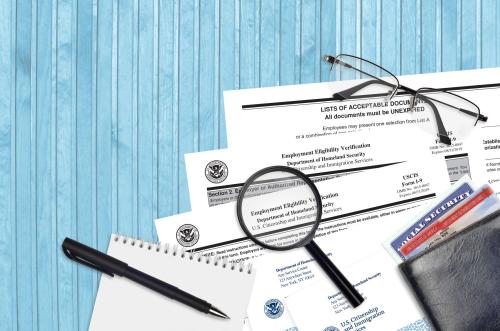Earlier this month, the Bureau of Labor Statistics reported that states and localities had already laid off 1.5 million government workers as a result of COVID-19-related budget woes. One might think that would have moved Congress to expedite much-needed relief to states and municipalities. After all, the layoffs epitomized the propensity for economic crises to turn government from a source of stability into one of added trauma.
However, because those disconcerting numbers were overshadowed by a positive jobs bounce in May, the plight of states and localities went overlooked. The broader, “feel good” employment numbers licensed a burst of complacency regarding the pandemic’s economic impact, at least among Republicans.
But that was then. Now, with COVID-19 cases surging in Florida, Texas, and Arizona, the “feel good” moment of three weeks ago seems incredibly naïve and remote. A sizable relief bill is essential amid fears about the fragility of the country’s nascent economic recovery. Yet in ways even beyond that, the case for significant aid to states and localities has come roaring back.
More layoffs are coming, as pandemic-related revenue crashes leave many cities and states billions of dollars in the red, forced to reckon with deep spending cuts because, generally, they must balance their budgets each year. In addition, the National League of Cities reported last week that more than 700 cities have halted plans to improve roadways, buy new equipment, and complete upgrades to water systems and other critical infrastructure. All of this, too, portends postponed work, reduced job creation, and a drag on the economy, as do some cash-starved cities’ and states’ recent consideration of tax increases to close budget shortfalls.
None of this is speculative. It has been well-documented that the drag of significant and protracted government layoffs meaningfully slowed the recovery from last decade’s Great Recession. According to Brookings’s Hutchins Center Fiscal Impact Measure, “cuts in state-financed spending lowered real GDP growth about 1.2 percentage points between 2009 and 2012 (on average, 0.3 percentage point each year).” It should give legislators pause that the potential budget cuts will be larger for the COVID-19 recession.
If more specific numbers are desired, a new report from Moody’s Analytics warns that doing nothing to address the economic perils of state layoffs and cutbacks could cost 4 million jobs in the next two years. According to Moody’s, at least $500 billion in combined state and local aid is needed—a figure much smaller than the $700 billion to $1 trillion infusion urged by economist Timothy J. Bartik and myself in April. The magnitude of COVID-19’s fiscal shock on states and localities is more than even the best-run state or local government can handle without having to make deep spending cuts or tax increases.
All of which underscores the need for sizable emergency aid for states and municipalities, along with supports for unemployed workers and struggling small businesses. The happy talk of a few weeks ago has dissipated—what we need now is action.







Commentary
As COVID-19 resurges, so does the threat to local budgets
June 30, 2020